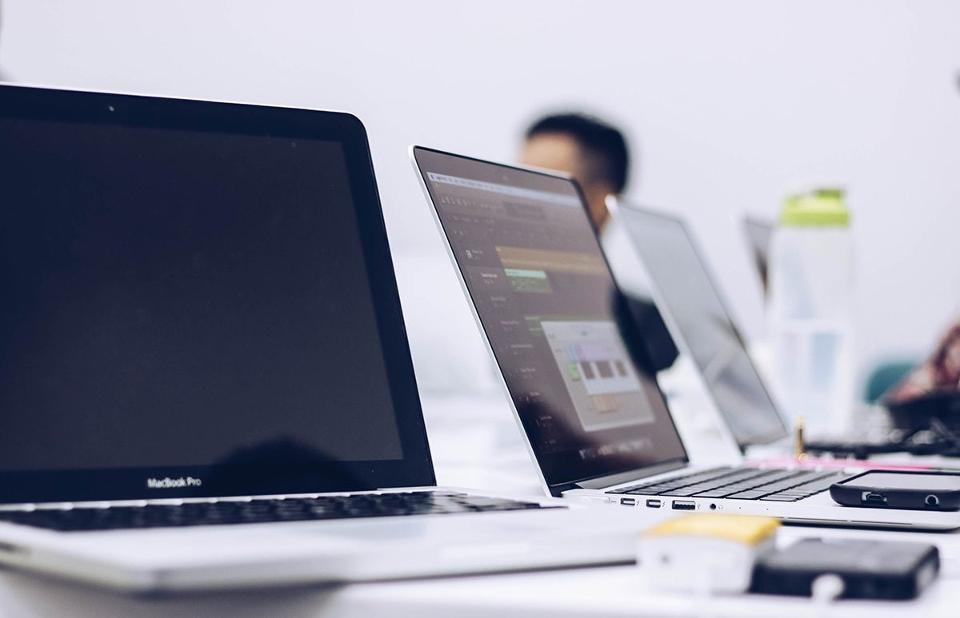

Every year, the web design industry goes through some sort of evolution cycle to stay relevant and inspiring.
Last year, I wrote about the top web design trends to watch in 2016, many of which have taken root and changed the way we understand design forever.
This year, like a number of UX experts, I’m betting on AI-powered chatbots, VR, and immersive storytelling trends to leave a permanent mark on the industry. Undoubtedly, we will also see a lot of last year’s trends continue to shape and influence the web design space.
Without further ado, let’s explore what design innovations can give your website a serious facelift in 2017.
VR and 360º video
Although the gadget world was abuzz last year with the exciting virtual reality (VR) announcements, the trend hasn’t made a huge impact on web design trends so far. One great example of how VR and 360º video can be incorporated into web design to create a breathtaking, interactive experience is Peugeot 208’s promo campaign that utilizes both technologies to showcase a new product.

Peugeot 208 promo video takes advantage of the immersive VR and 360º video experience. Image credit: Peugeot.
Google’s Daydream VR headset is at the forefront of this movement, expanding our imagination of how the technology could be adapted for everyday use, but many other brands are jumping on the wagon too, including Playstation, HTC, and Microsoft. With so many possible practical uses of the gadget, we’re bound to see VR and 360º video finally bleeding into the web design space too.
Card design and grid layouts
First popularized by Pinterest, card design layouts continue to shape and influence web design trends and we will be seeing more of this dynamic grid style in 2017. What makes cards so appealing is the simplicity, organization, flexibility and responsiveness that they create. Grid layouts are particularly suitable for pages with an abundance of data, as they make the information more accessible and enticing. A web development agency htmlBoutique utilizes the grid layout to create unique compositions of case studies and give their portfolio an extra oomph that sets it apart from typical showcase pages.

htmlBoutique use the card layout to minimize clutter and neatly organize their case studies into grids. Image credit: htmlBoutique.
Vice, Tumblr, and Dribbble are some of the most notable examples of card layouts used to create an enjoyable browsing experience and showcase content in a neat and digestible way. With the card layout trend here to stay in 2017, we can expect new takes and spin-offs of this concept.
AI-powered bots and conversational interfaces
In terms of visuals, bots are unlikely to have a big impact on web design, but they will significantly influence how designers think about creating websites. AI-powered bots are going to get even more realistic and complex this year, empowering businesses to automate communication and sales. Using tools like Letsclap, online businesses will be able to connect with their customers via messaging apps like WhatsApp, Facebook Messenger or WeChat, providing customized customer support and commerce. Conversational interfaces will be a huge shift, helping big brands express different sides of their personality and making them more human and approachable.

By integrating with Chatfuel, brands can build a Facebook bot in less than 10 minutes. Image credit: Chatfuel.
More than 900 million people around the world use Facebook Messenger every month, so the introduction of Bots for Messenger last year was a welcome addition to the toolkit of communication channels for businesses of all sizes. Any brand can build a Facebook bot now without any coding knowledge. Integrations with tools like Botsify or Chatfuel make the setup process so simple that it’s becoming unusual not to use a customized bot. This year, we’ll see the conversational interfaces reach a higher level of personalization and inventiveness.
High-quality authentic photography
Stock photography reduces trust and is often completely ignored. It’s bad for design and even worse for business. With so many authentic photography sites popping up online, finding beautiful high-quality images is easier than ever, hence, we will continue to see the decline of cheesy stock photography in web design.

Depositphotos’s guide to visual trends in 2017 predicts the comeback of 90s-style photography. Image credit: Depositphotos.
Studies have shown that images featuring real people have a better chance at converting visitors too. In fact, Depositphotos’ research into visual trends that will define our visual culture in 2017 indicates a growing demand for original, candid images that are easily relatable and capture moments of real life rather than a polished, posed look. To attract and engage customers, brands will be embracing well composed but real-life looking images that contribute to the visual story of their site.
[Source:-Forbes]
